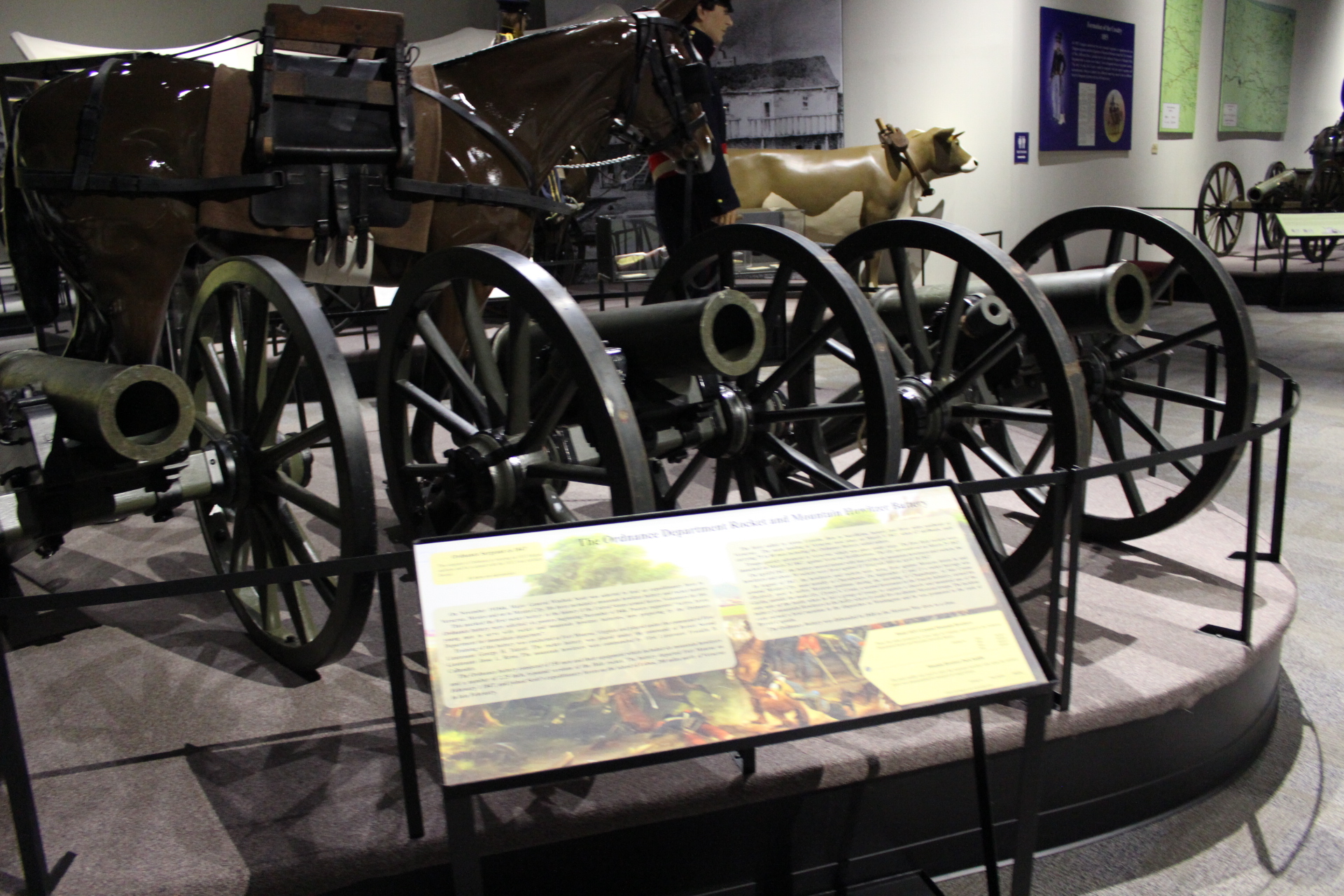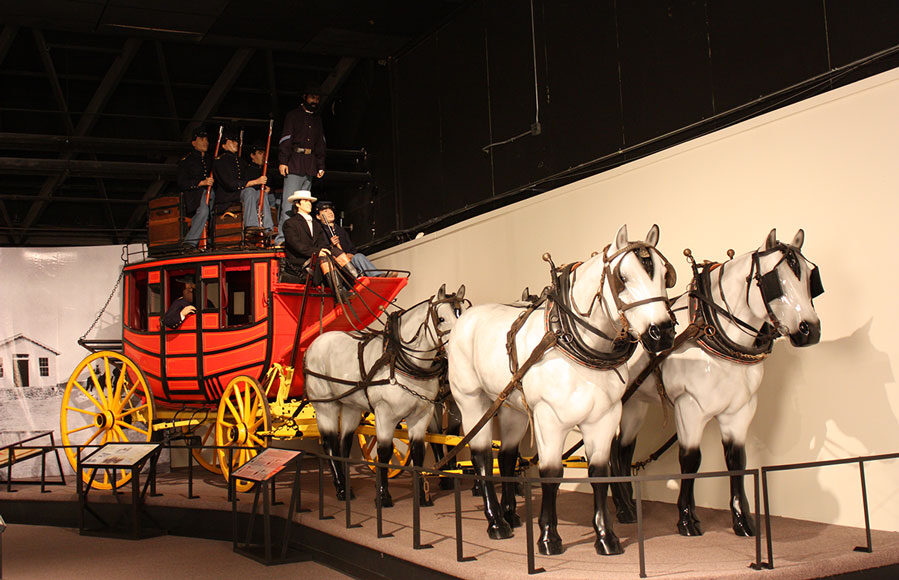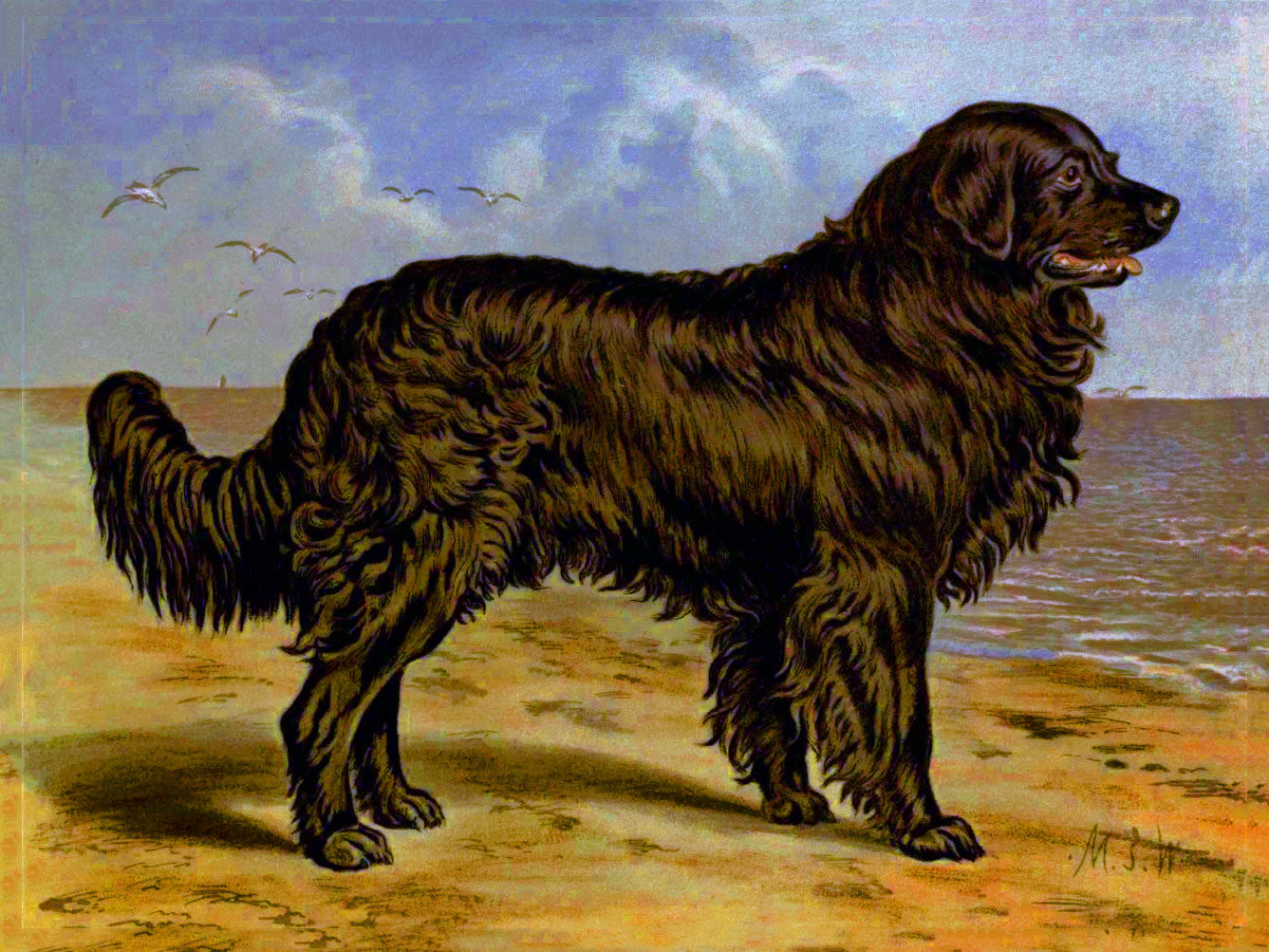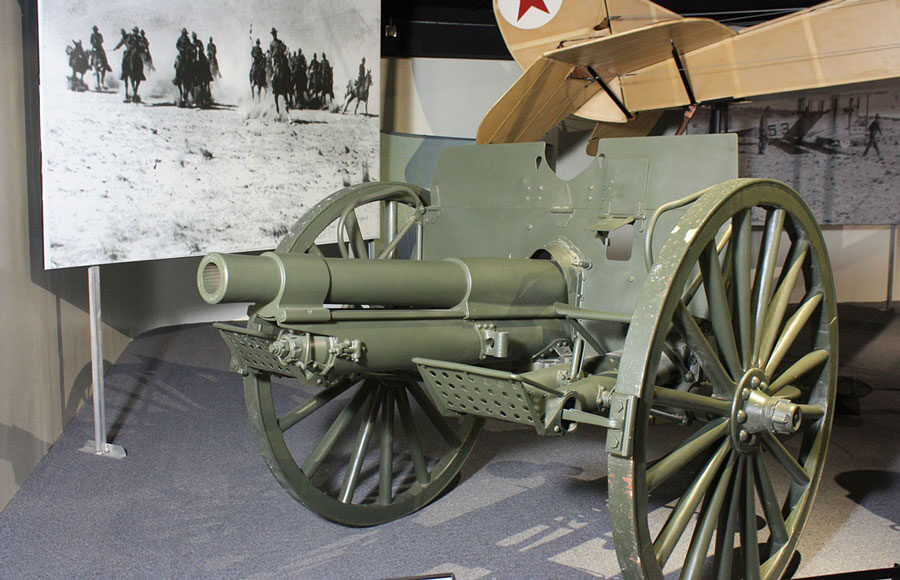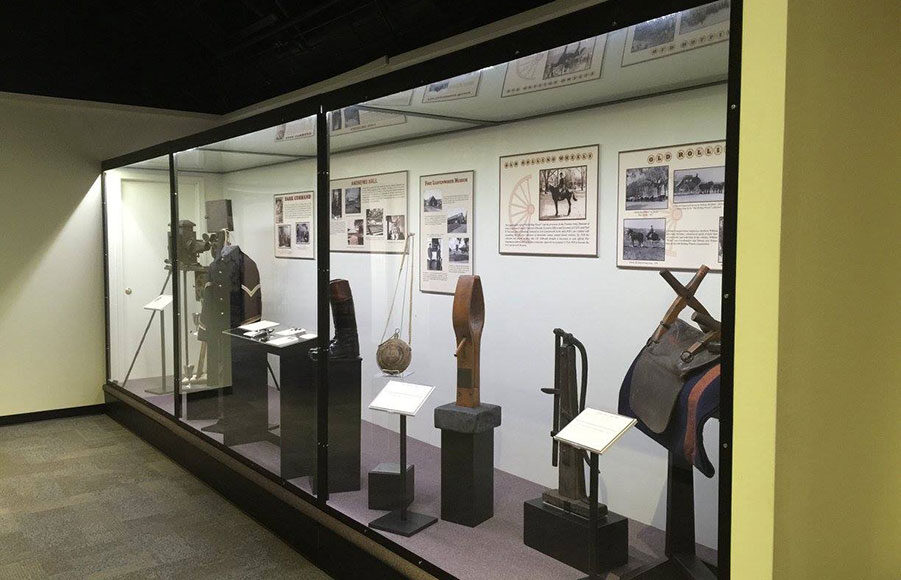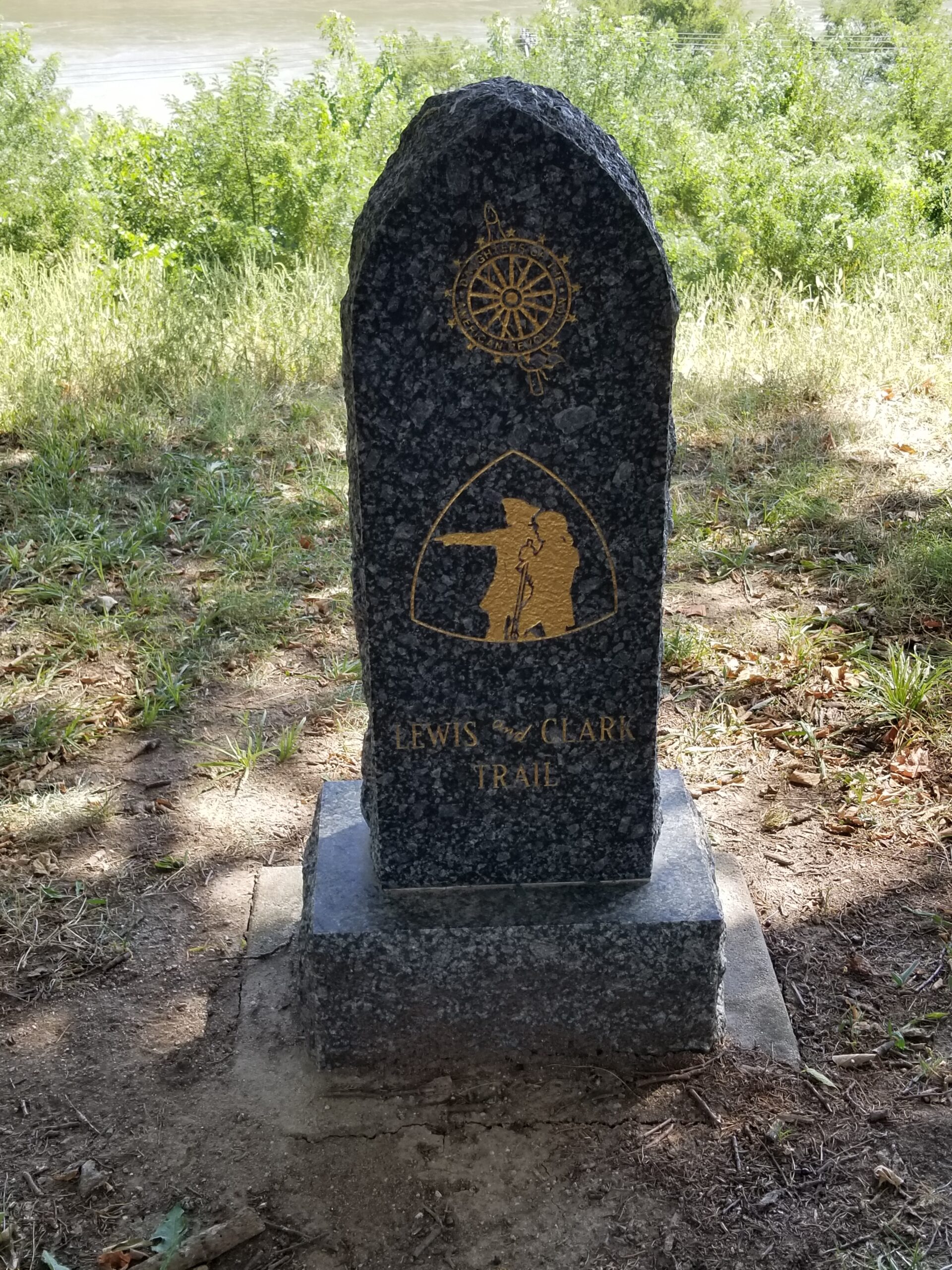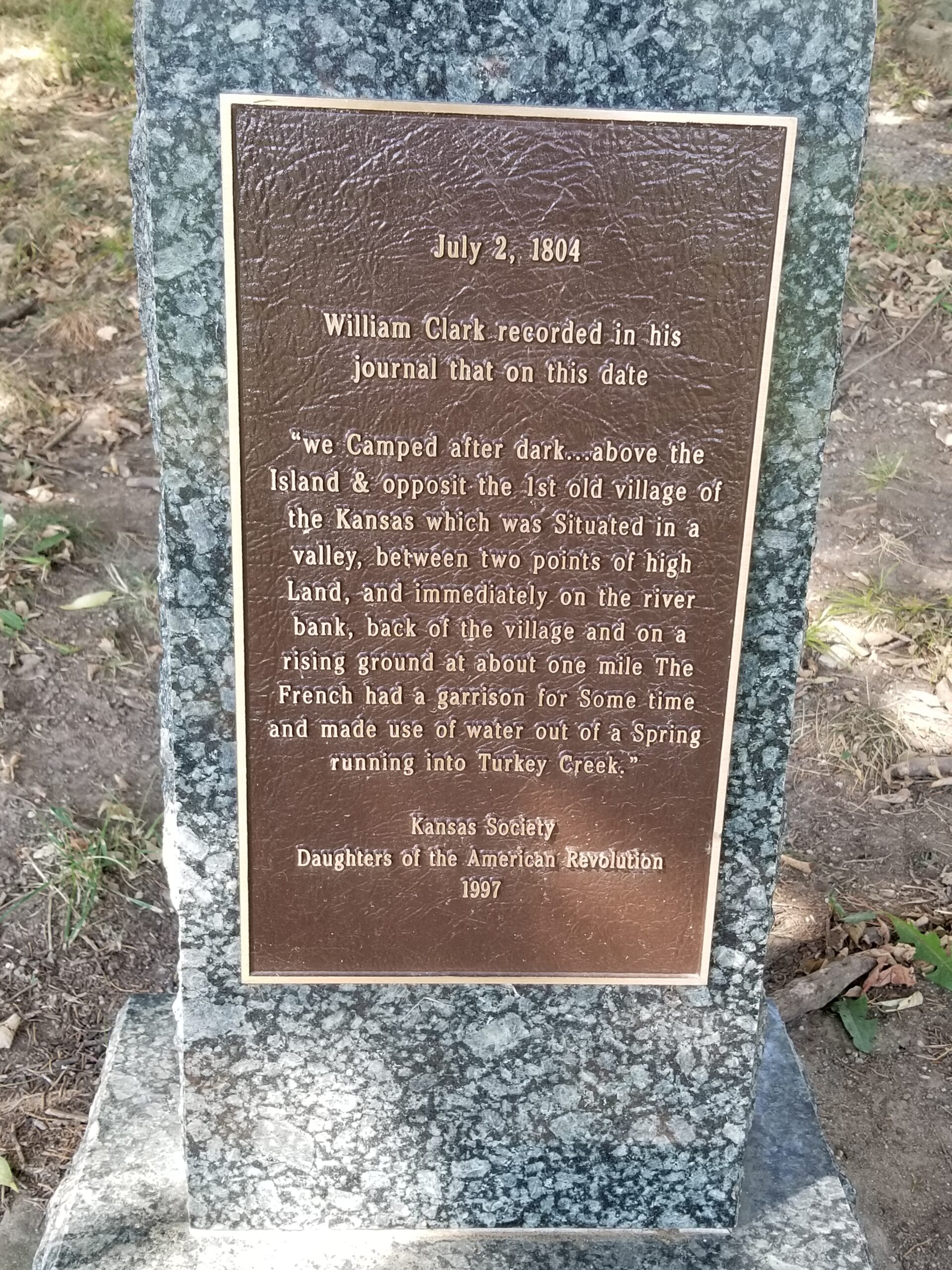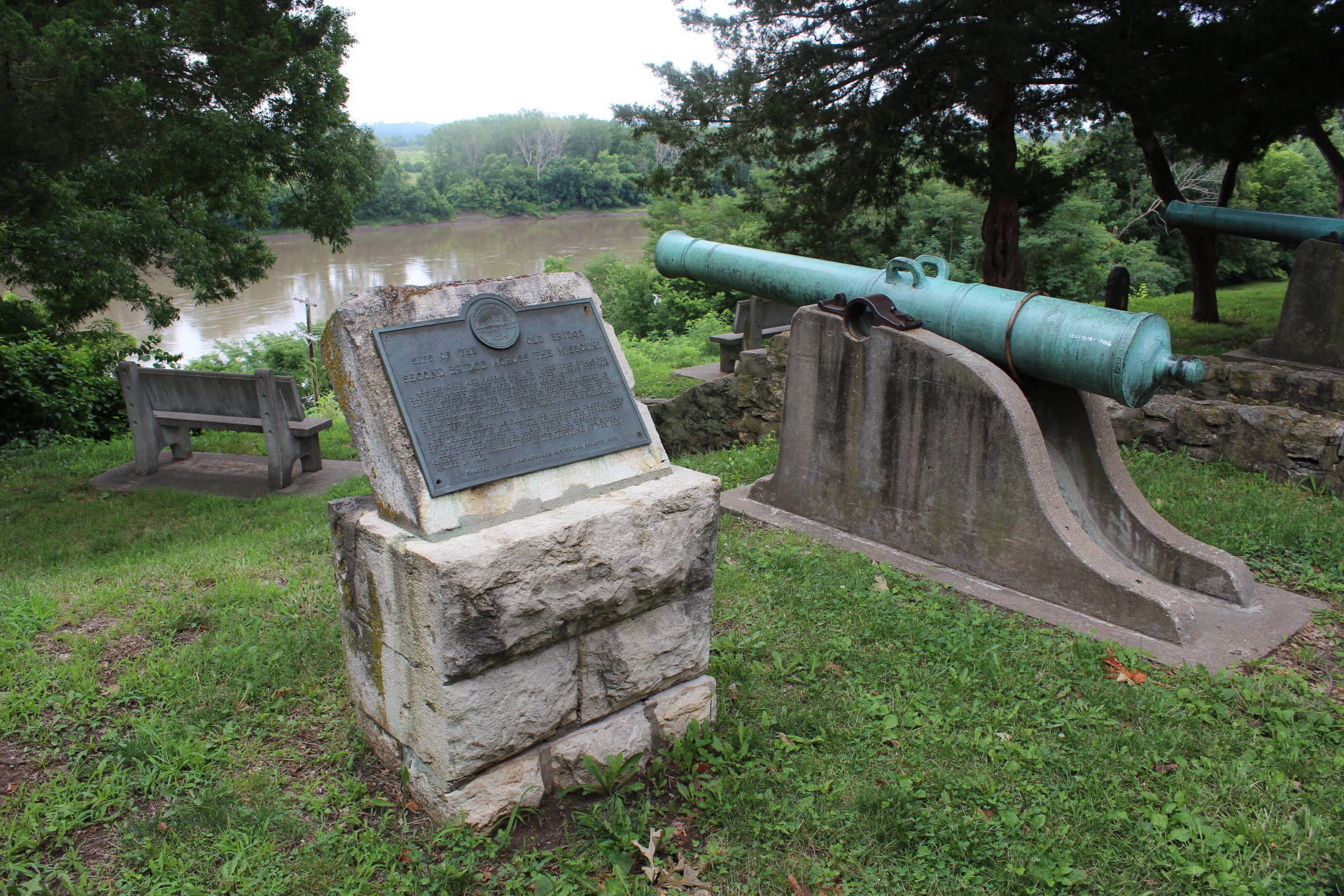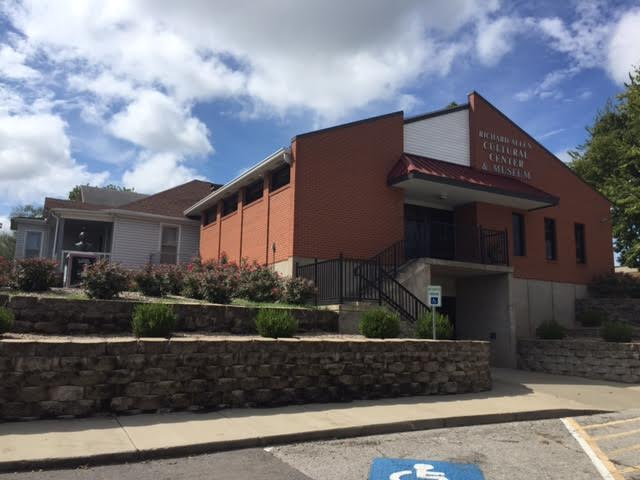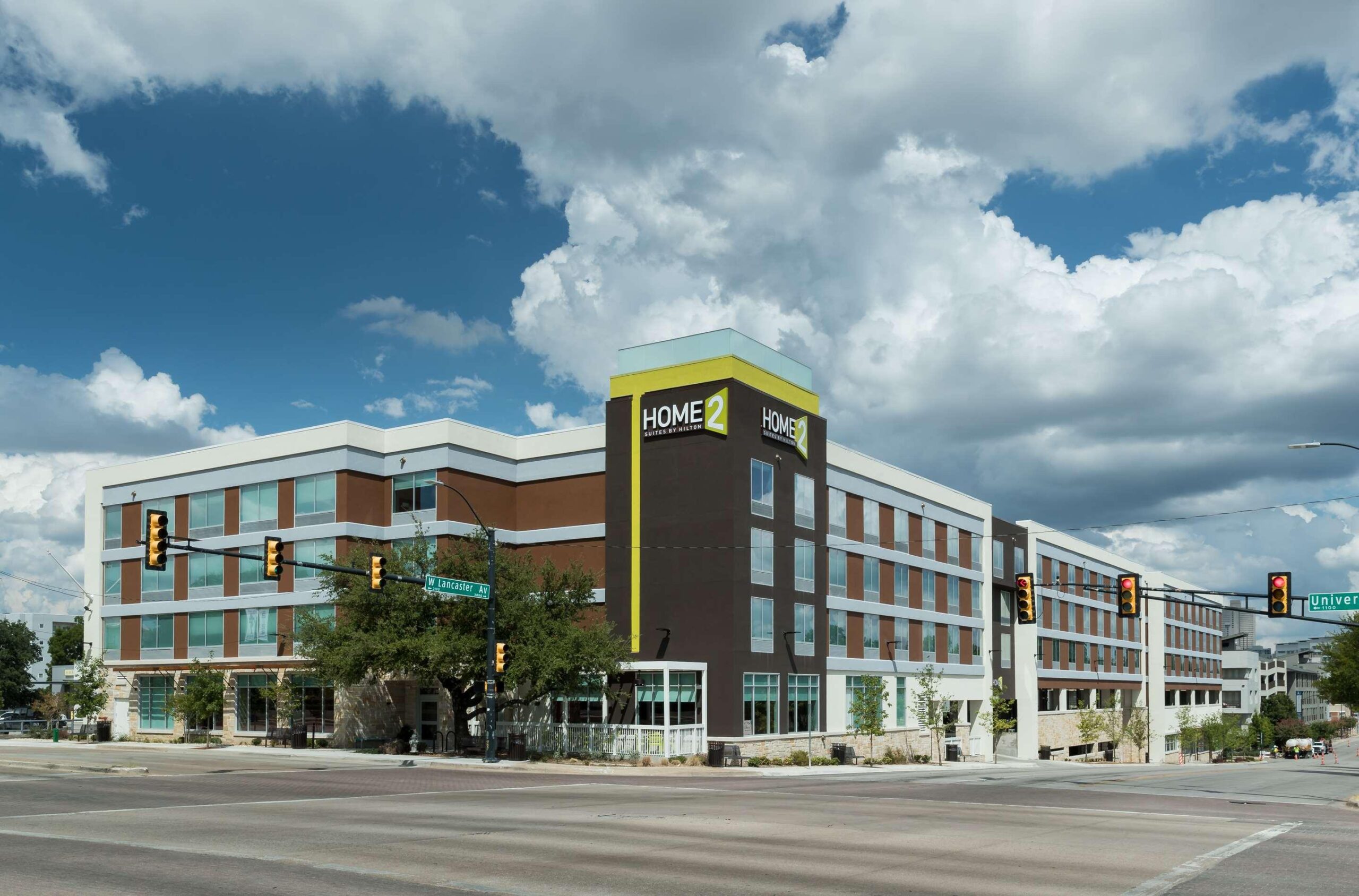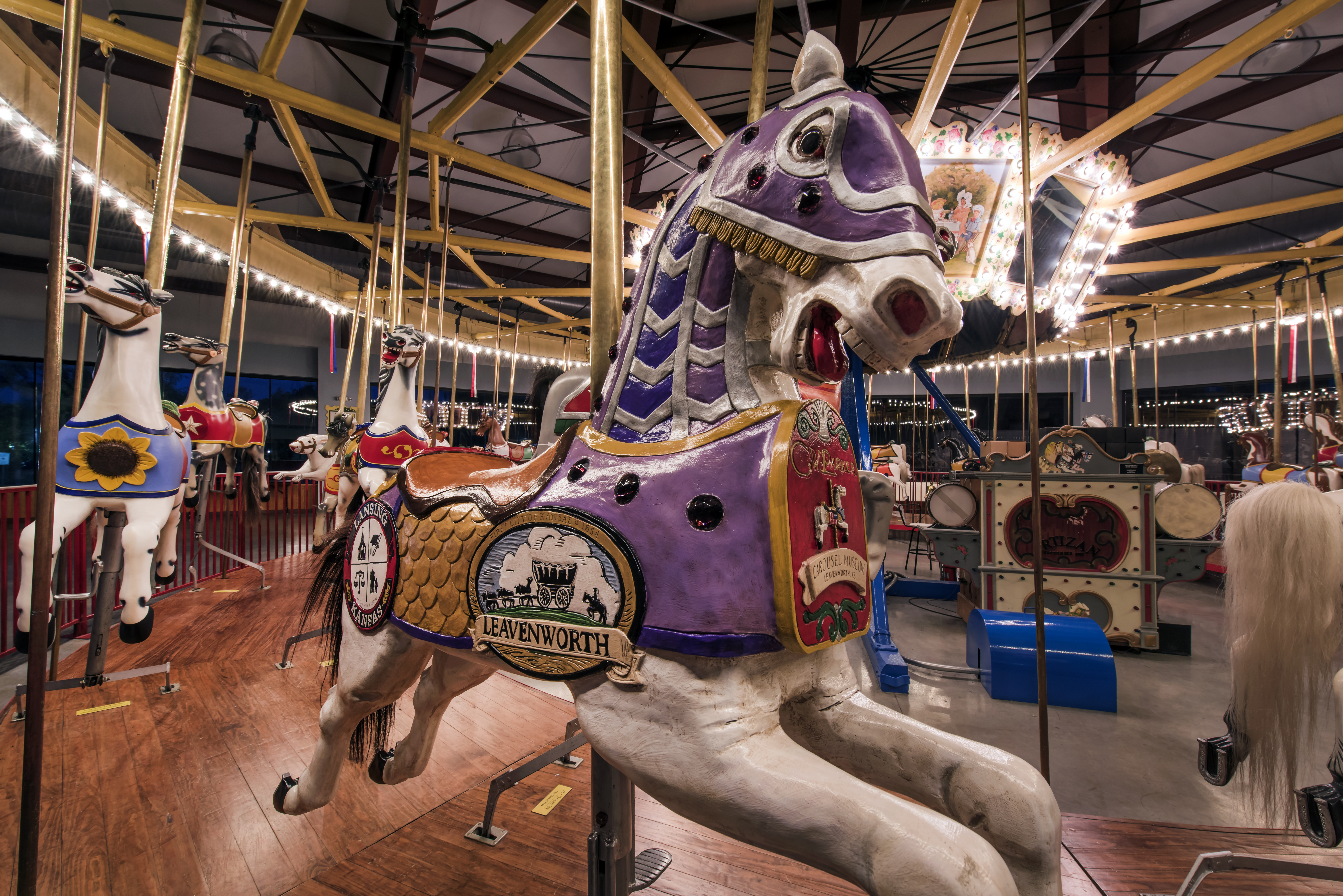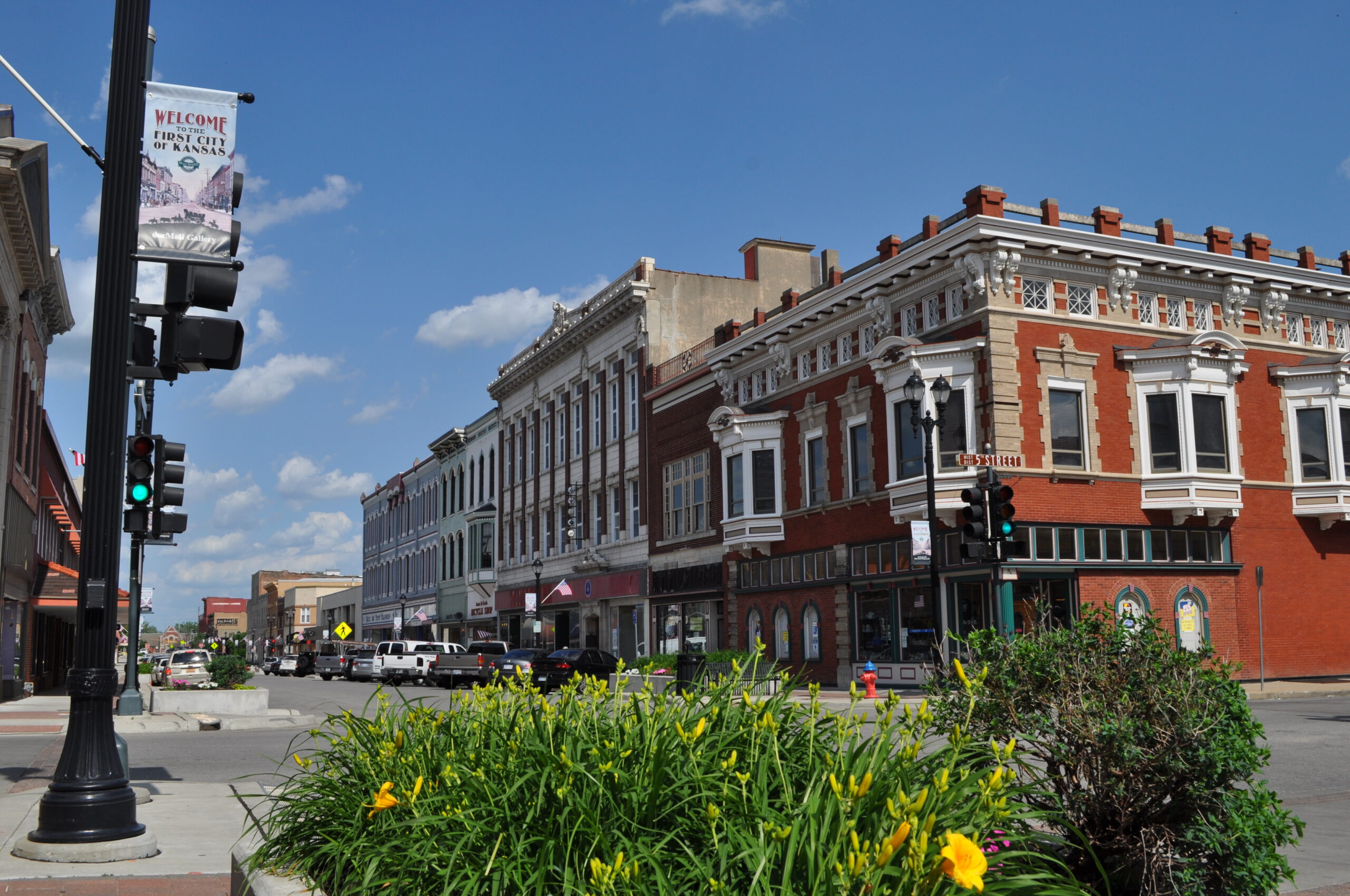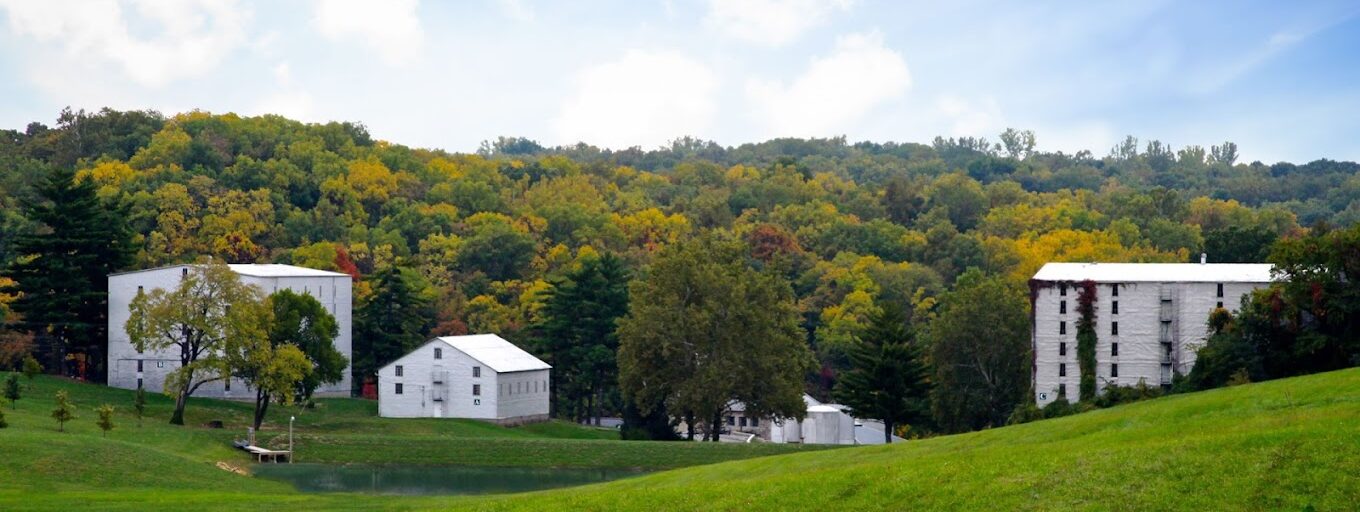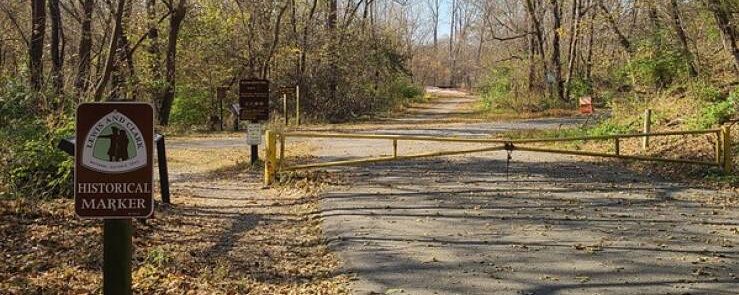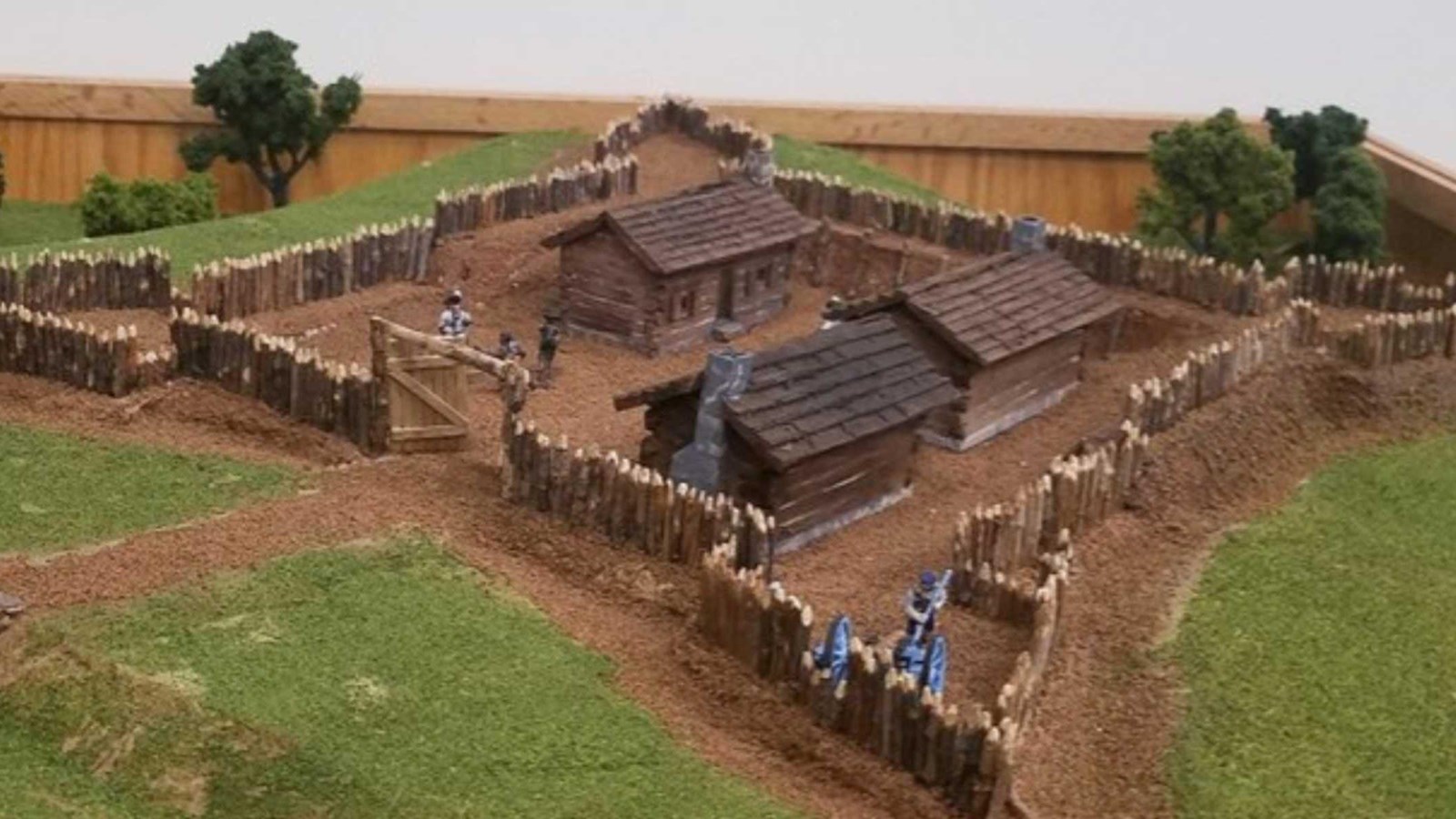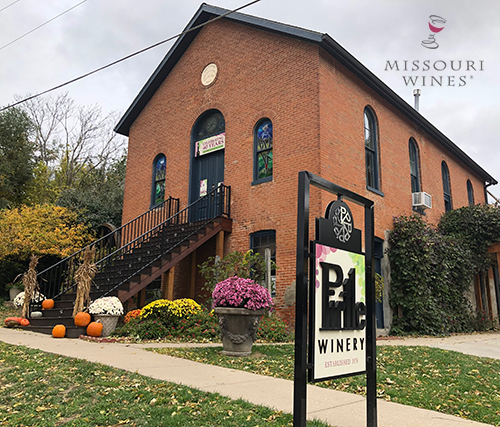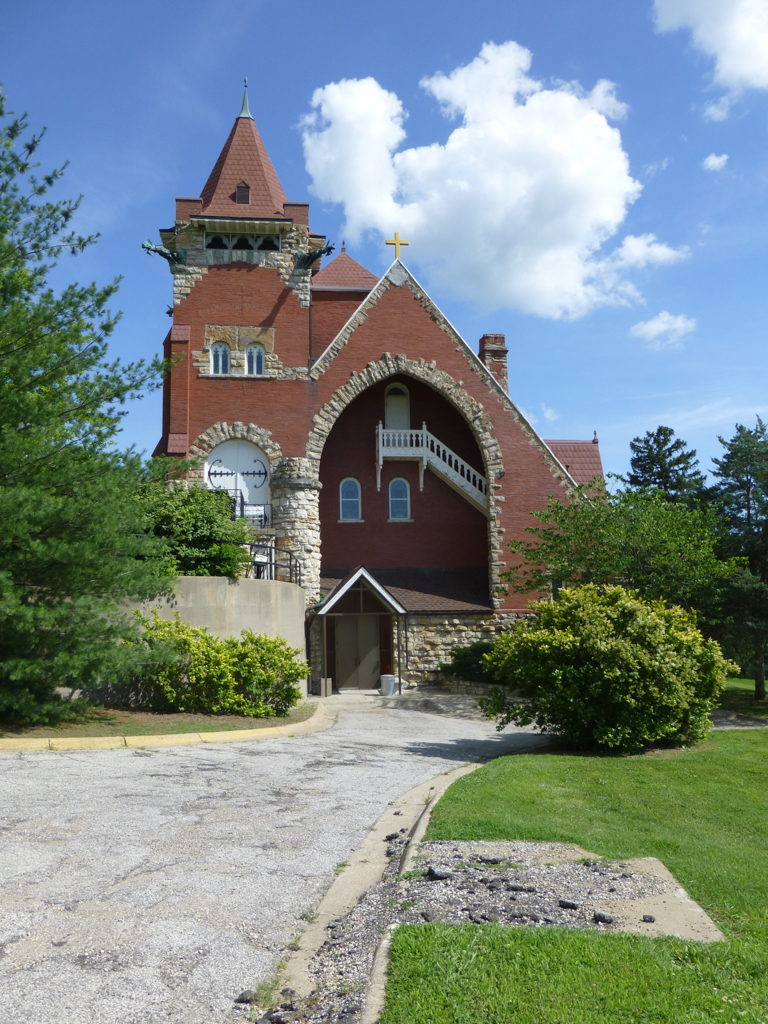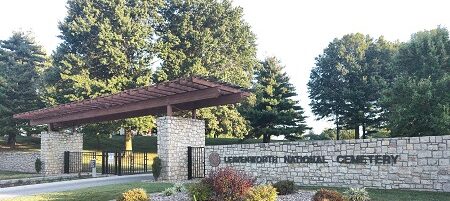The Frontier Army Museum collects and preserves artifacts that tell the story of the Frontier Army from 1804 to 1916, and Fort Leavenworth from 1827 to the present through the use of its collection of historical artifacts. The original collection began in 1939 when the wagon shop at Fort Leavenworth closed and the horse-drawn vehicles were relocated and called the “Old Rolling Wheels Museum.” In 1960, the museum was officially recognized as an Army Museum and has continued to preserve one of the finest collections of nineteenth-century military artifacts in the country.
The Fort Leavenworth gallery highlights the importance of Fort Leavenworth’s role in the exploration and expansion of the nation throughout the nineteenth century as well as its continuing role in Soldier education. The Museum’s main gallery highlights the efforts of the Frontier Army in exploration, expansion, and protection of the Trans-Mississippi West from the Lewis and Clark Expedition (1804) to the chase of Pancho Villa by General John Pershing (1916). The museum offers a unique look at the tools of soldiering used throughout this time period.
The museum’s collection of over seven thousand items consists of weapons, uniforms equipment, and vehicles used by Frontier Army soldiers as well as many Fort Leavenworth related items. Among our many premier artifacts are a Dragoons’ Helmet (predates the Calvary Soldier) from the 1820s which is one of only two known to exist; Two of the premier pieces are the 1832 General Officer Coat worn by General Henry Leavenworth and a Curtiss JN4D aircraft, of the type used by General Pershing during the “Punitive Expedition” into Mexico.
